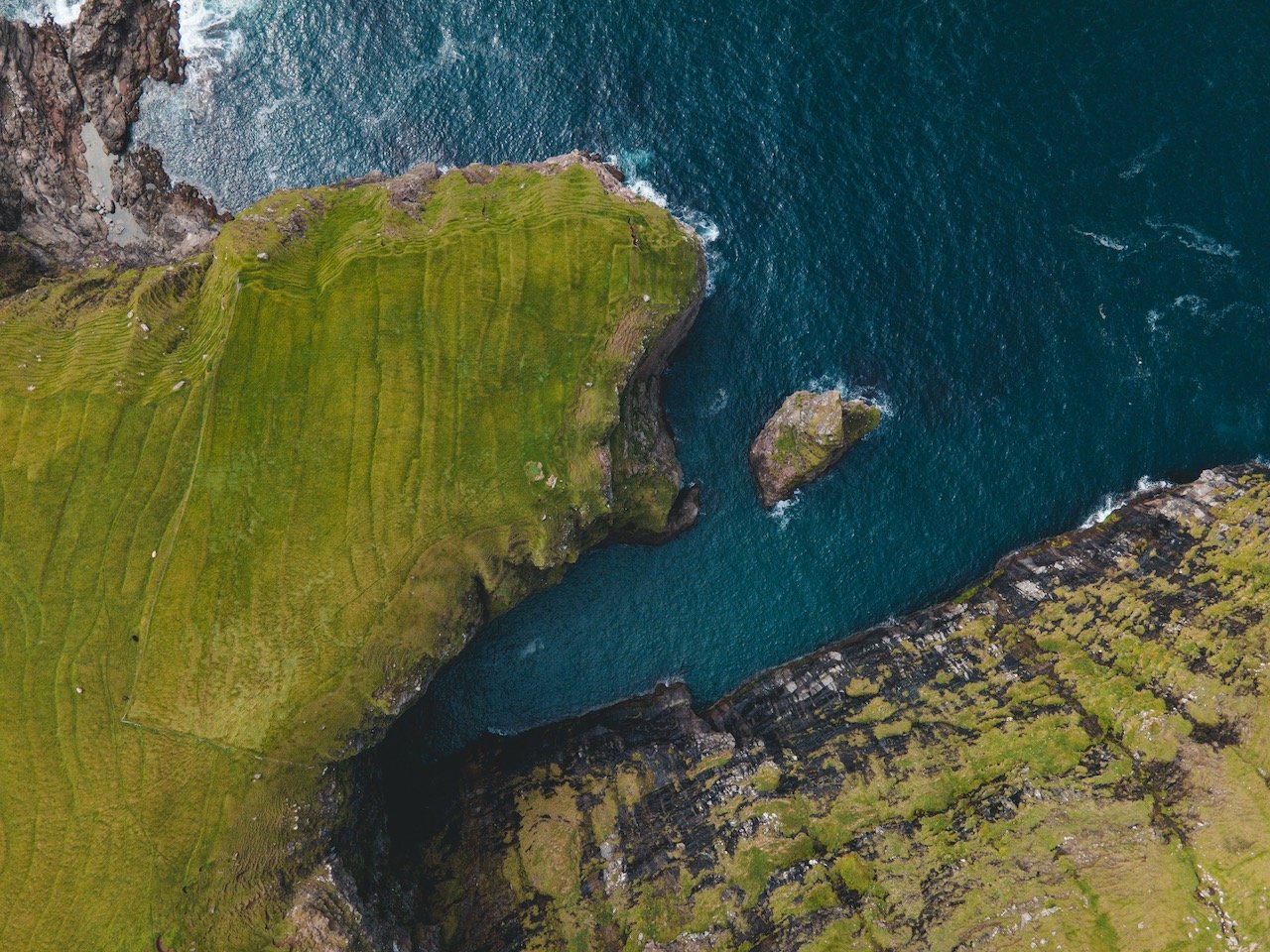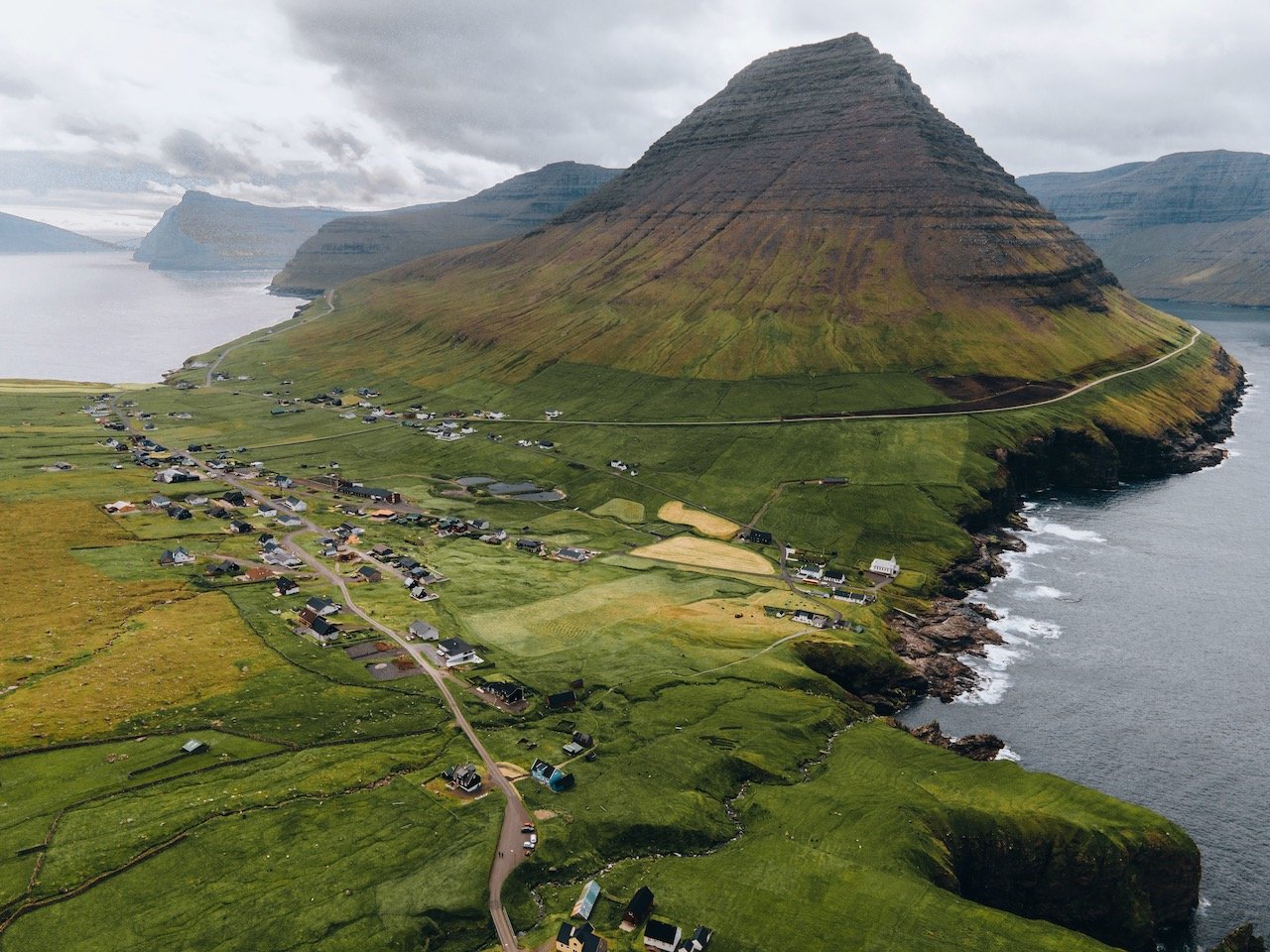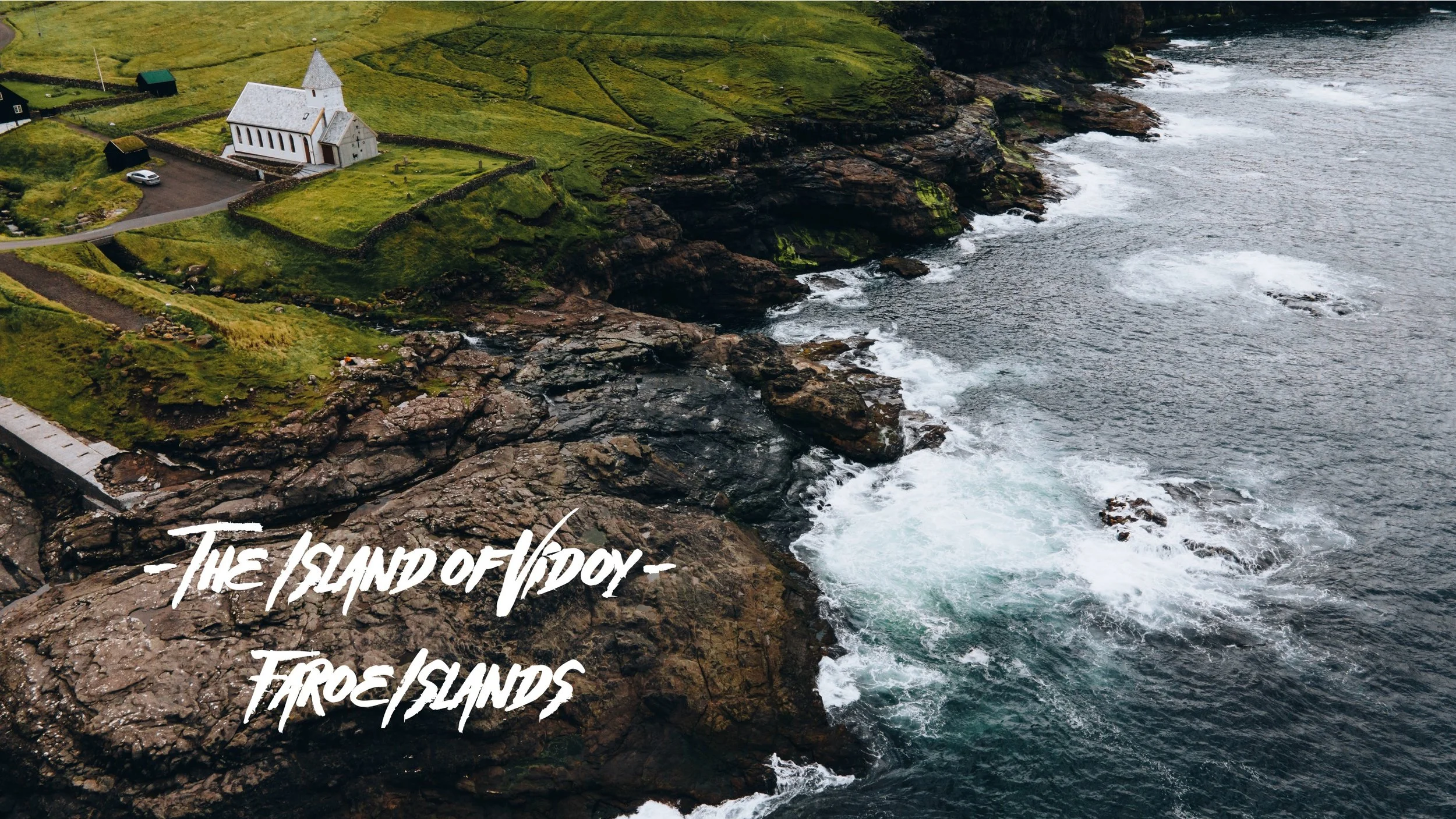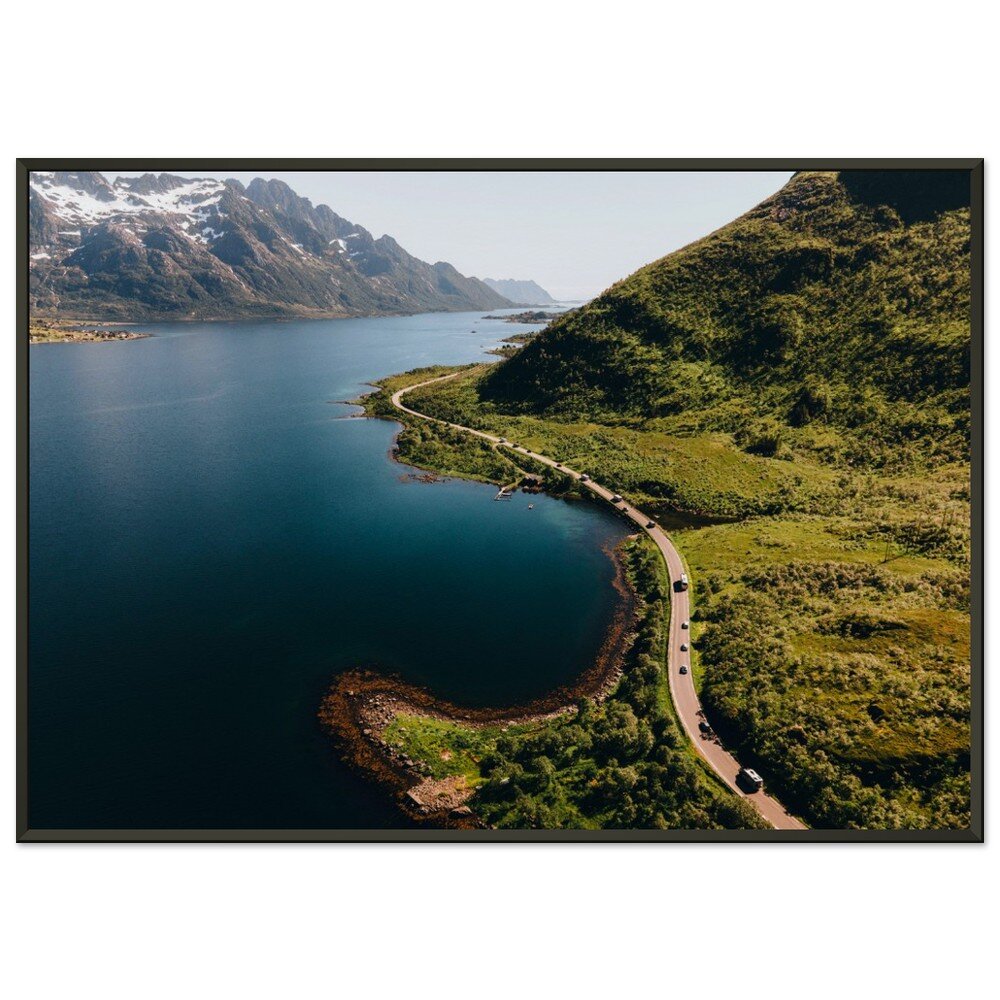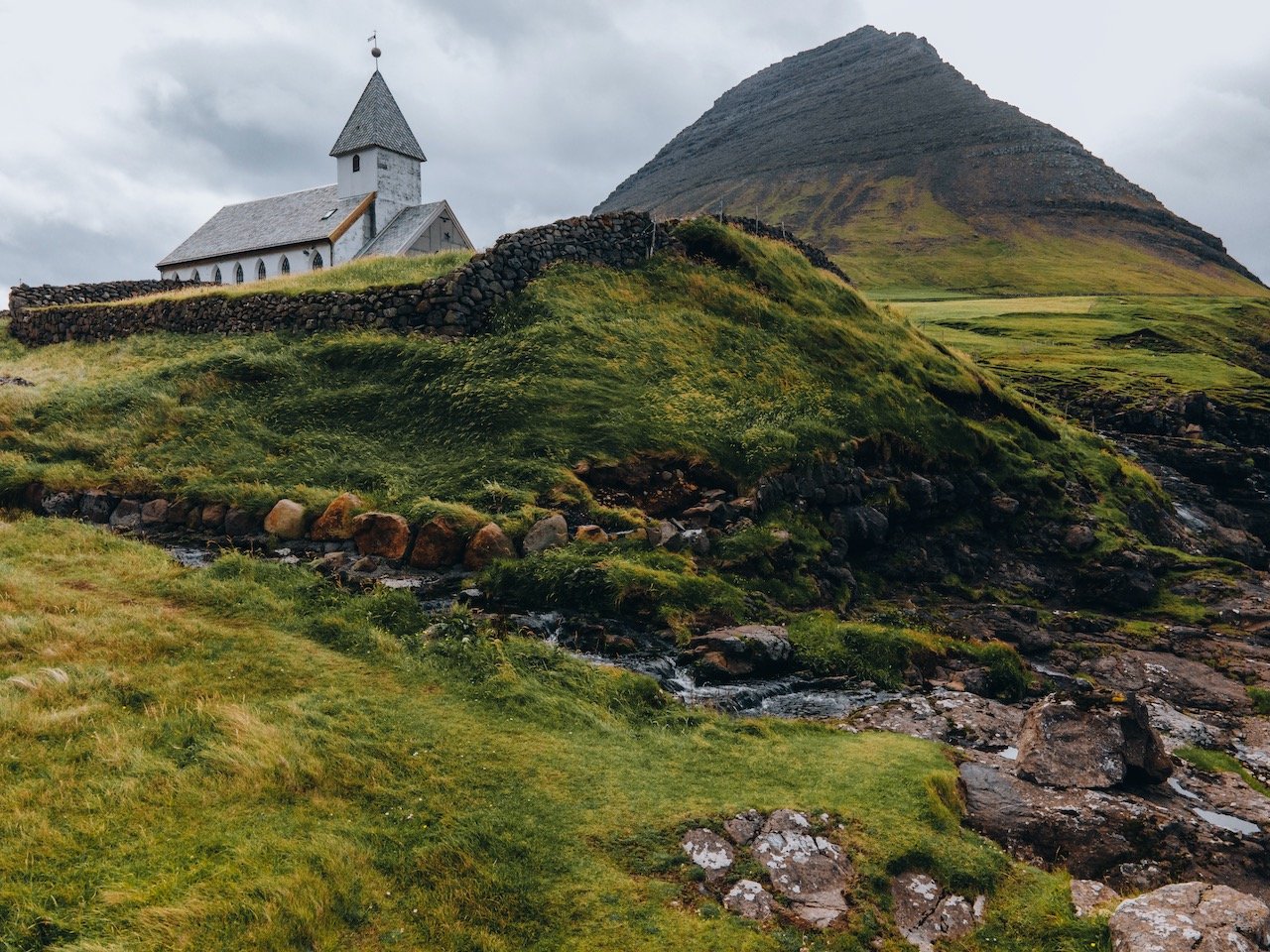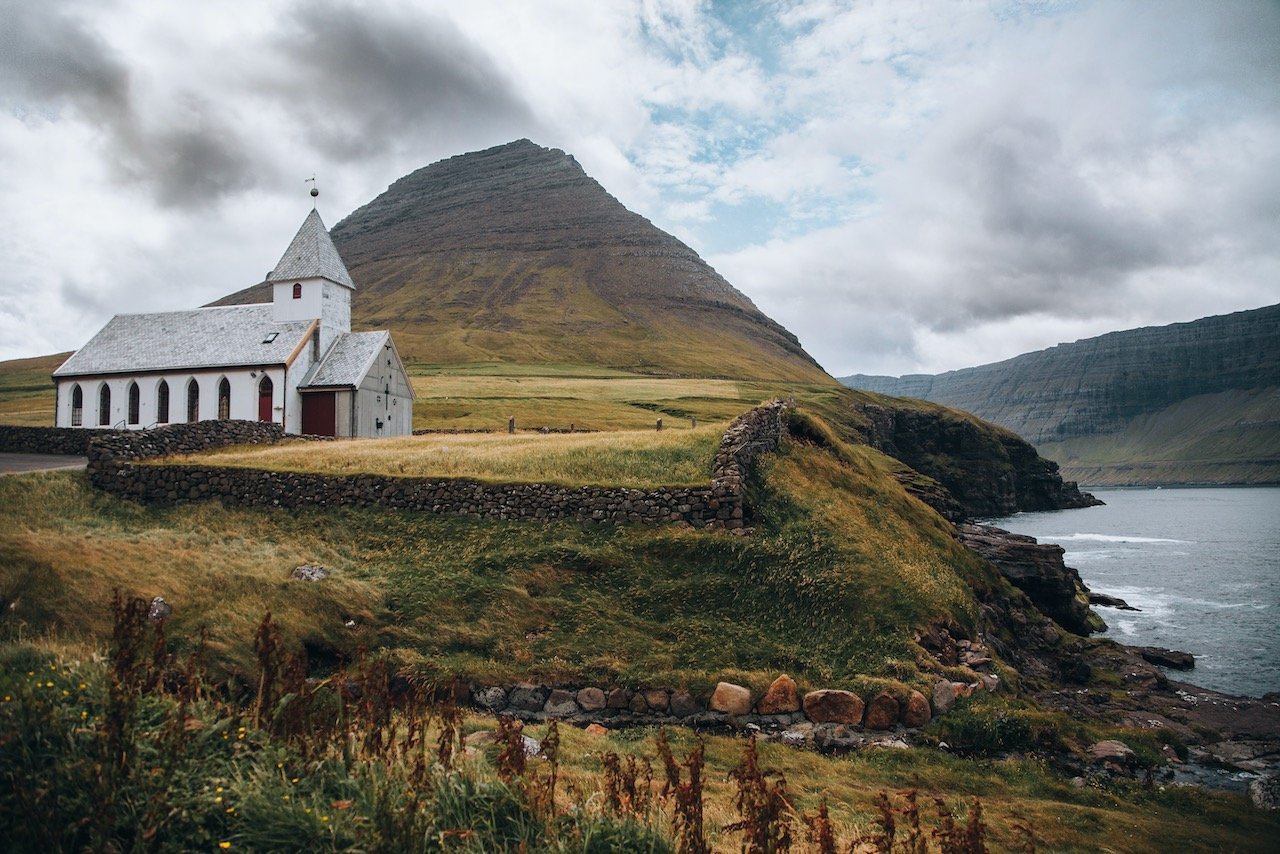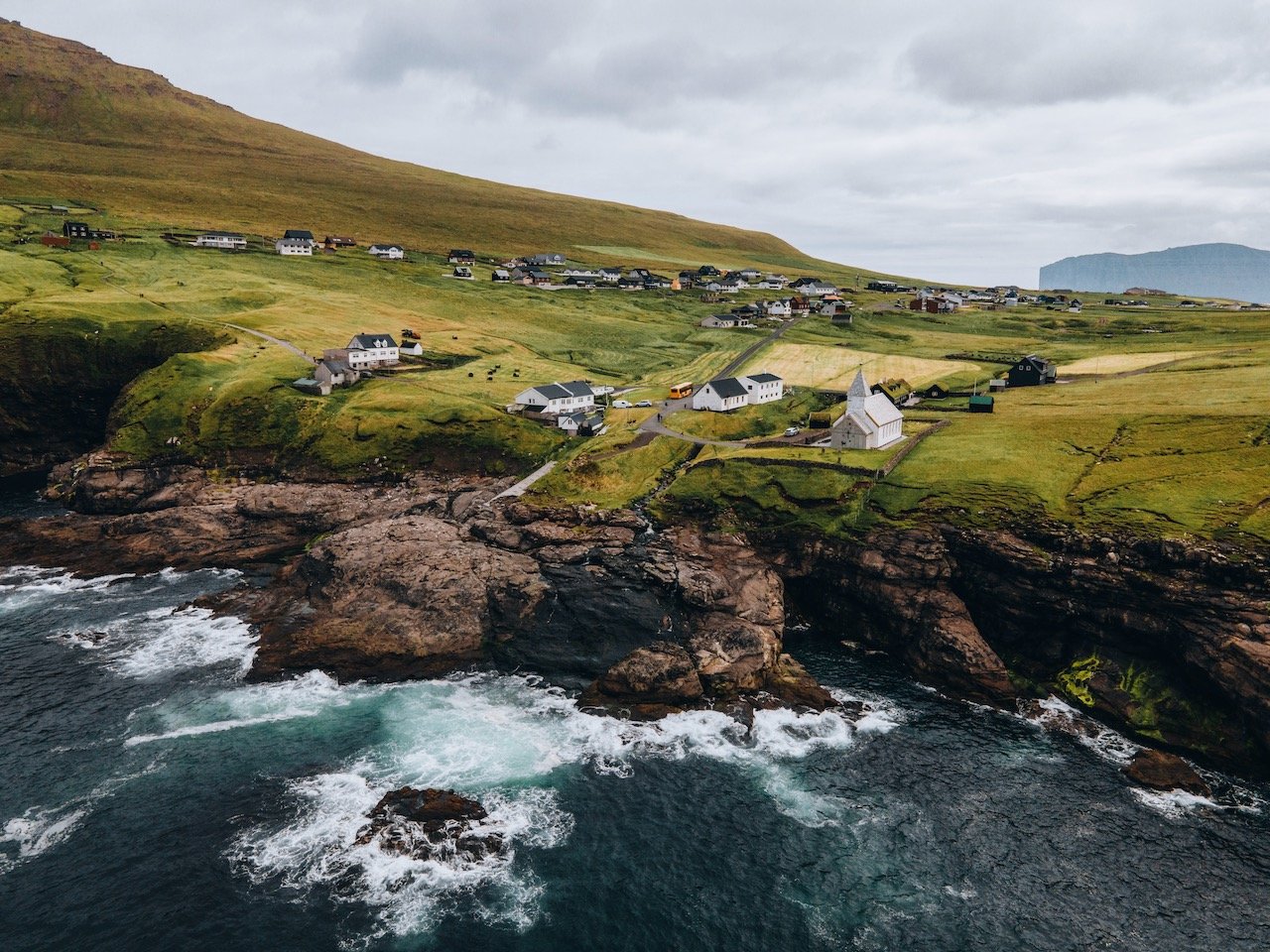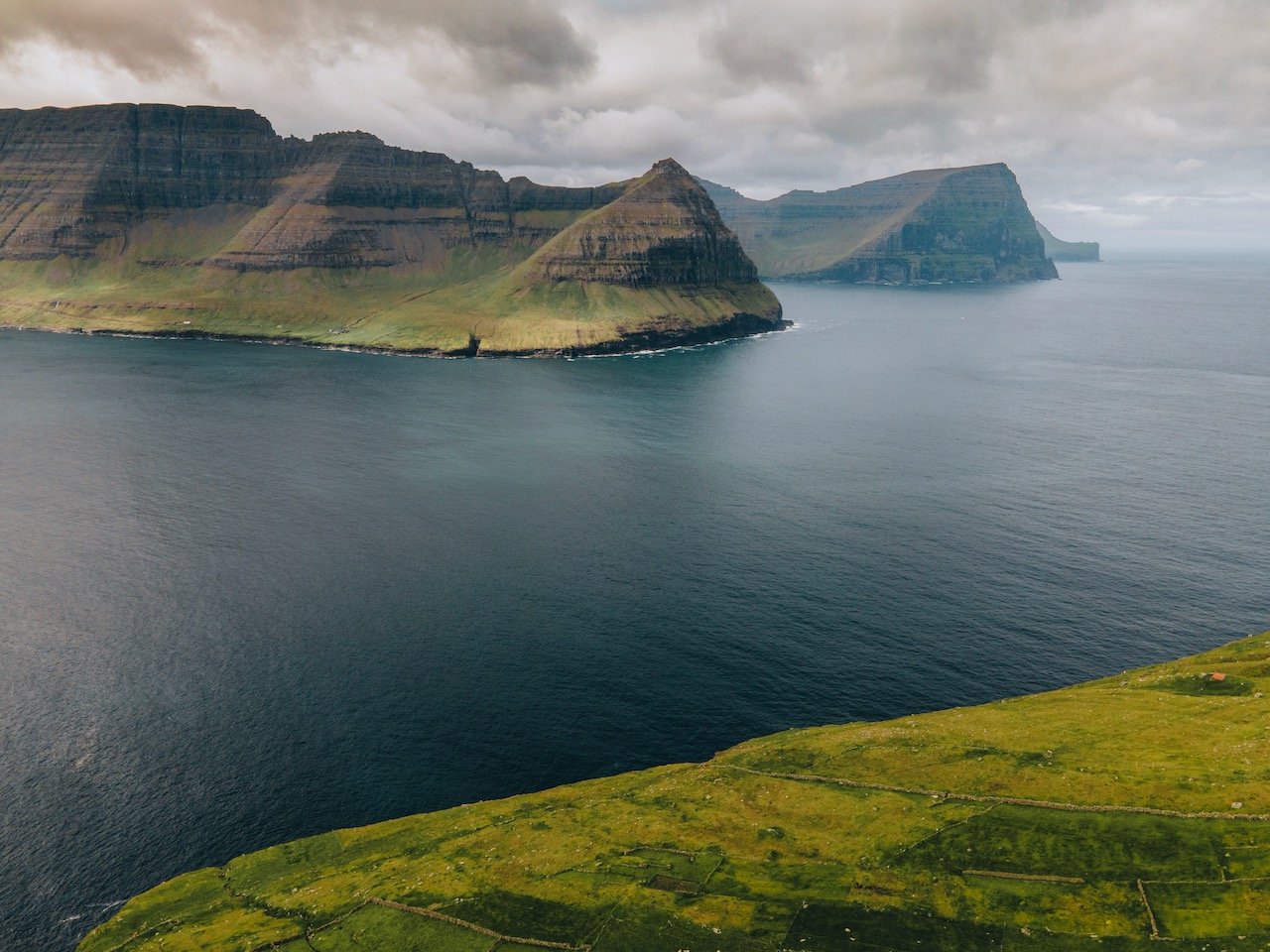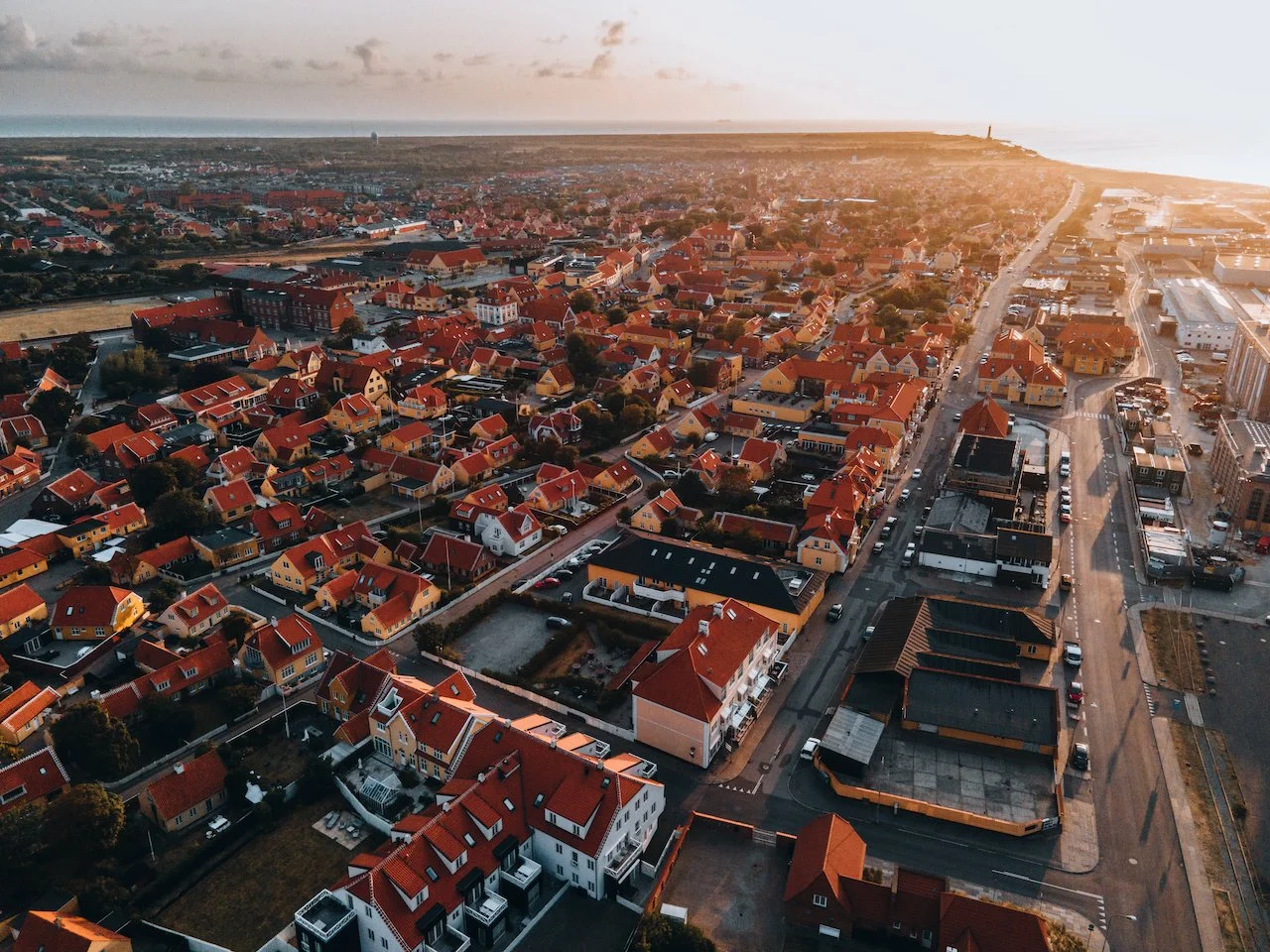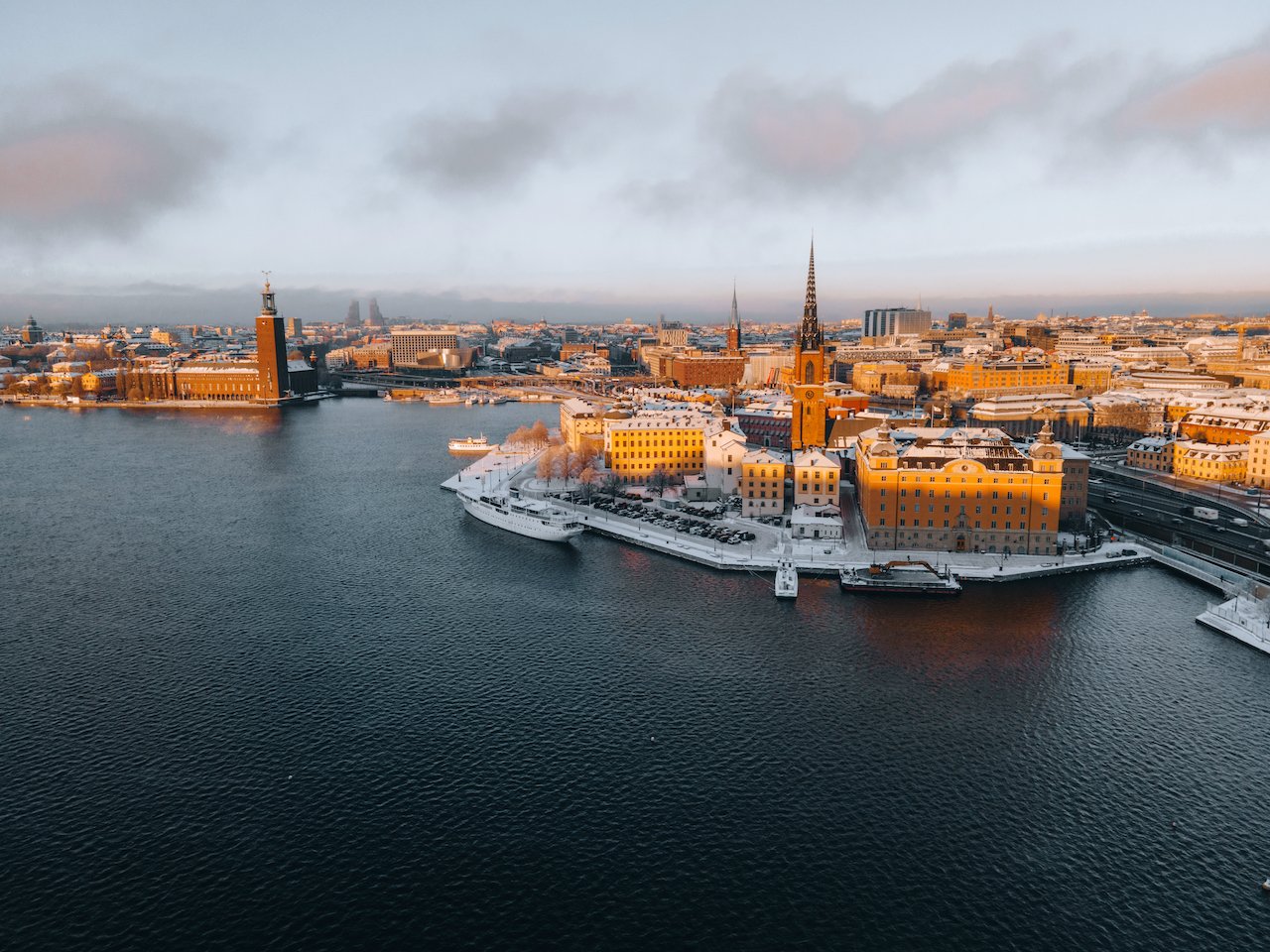A Journey to the Faroe Islands: The Island of Vidoy
(Some links in this post are affiliate links. If you click through and take action, I'll be compensated.) If you are also interested in any PRINTS from any of my posts, be sure to check out my store where you can buy prints as posters, in metal/wooden frames or on canvas.
**This post is the 7th of a 11-post series discussing what to see in this part of the Faroe Islands (You can check out the other parts in the list below, separated by each specific island (just click on the island name to see the blog post. Everything is also summarized in another post here.**
The Faroe Islands, or the Faroes, are an archipelago located in the North Atlantic Ocean and are a part of Denmark. The subpolar oceanic climate, moderated by the Gulf Stream, make the temperature of the Faroes nearly constant throughout the year. Origins of the Faroe Islands date back as early as 500 AD, thought to be settled by people from Great Britain or Ireland. [Funfact: The population of sheep (70,000) outnumber the human population (54,000)]
Tórshavn (Blog Post: A Journey to the Faroese Capital of Tórshavn)
Vágar (Blog Post: A Journey to the Faroe Islands: The Island of Vágar)
Streymoy (Blog Post: A Journey to the Faroe Islands: The Island of Streymoy)
Eysturoy (Blog Post: A Journey to the Faroe Islands: The Island of Eysturoy)
Bordoy (Blog Post: A Journey to the Faroe Islands: The Island of Bordoy)
Kalsoy (Blog Post: A Journey to the Faroe Islands: The Island of Kalsoy)
Vidoy (Blog Post: A Journey to the Faroe Islands: The Island of Vidoy)
Mykines (Blog Post: A Journey to the Faroe Islands: The Island of Mykines)
Sandoy (Blog Post: A Journey to the Faroe Islands: The Island of Sandoy)
Kunoy (Blog Post: A Journey to the Faroe Islands: The Island of Kunoy)
The Waterfalls of the Faroe Islands (Blog Post: The Waterfalls of the Faroe Islands)
In this blog post, I will cover the island of Vidoy. A Google Map of these places I will talk about can be seen at the end of this article. Check out my drone video on the island of Vidoy in the Faroe Islands below!
How to Get to the Faroe Islands
The Faroe Islands are accessed primarily through Vágar Airport (FAE), the only airport in the archipelago. Vágar Airport connects the islands to major Northern European hubs:
Copenhagen Airport (CPH), Denmark: Several daily flights by Atlantic Airways and SAS; flight time about 1 hour 45 minutes.
Reykjavik Keflavik Airport (KEF), Iceland: Seasonal flights by Atlantic Airways, about 1 hour 15 minutes.
Edinburgh Airport (EDI), UK: Seasonal summer flights lasting roughly 2 hours.
Most travelers connect via Copenhagen, which has extensive international connections.
How to Get to Viðoy Island
Step 1: Vágar Airport to Tórshavn
Bus 300: Runs roughly every hour.
Duration: ~50 minutes
Cost: ~60 DKK (~8 EUR)
First departure: ~07:30 | Last departure: ~22:00
Taxi: Approx. 40 minutes
Cost: ~600–700 DKK (~80–95 EUR)
Step 2: Tórshavn to Klaksvík (Borðoy Island)
Bus 400: 3–4 departures daily.
Duration: ~2 hours 15 minutes
Cost: ~120 DKK (~16 EUR)
Stops at: Eysturoy and through the Eysturoyartunnilin undersea tunnel
Drive: If renting a car, it’s ~80 km and takes ~1 hour 30 minutes.
Step 3: Klaksvík to Viðoy Island (via Hvannasund causeway)
By Car: From Klaksvík, drive ~20 km north to Viðareiði via the causeway at Hvannasund.
Time: ~25 minutes
Road: Paved and scenic, with mountain views.
Bus 500/504 (depending on season):
Frequency: 1–2 times per day (check current schedule as it's limited)
Duration: ~30–40 minutes
Cost: ~40–60 DKK (~5–8 EUR)
Summary Travel Time & Cost (Public Transport Option):
Total time: ~4–5 hours (including wait times)
Total cost: ~220–240 DKK (~30–32 EUR)
Hvannasund village is on the west coast and reached as soon as you cross over from Bordoy. It is split by a rocky causeway that spans the bay. These little villages are so much fun to visit, just to see how the locals live and how simple and peaceful these surroundings are.
The Hvannasund Church, located within the village, was built by locals in 1949 and designed by H. C. W. Tórgarð, a Faroese architect.
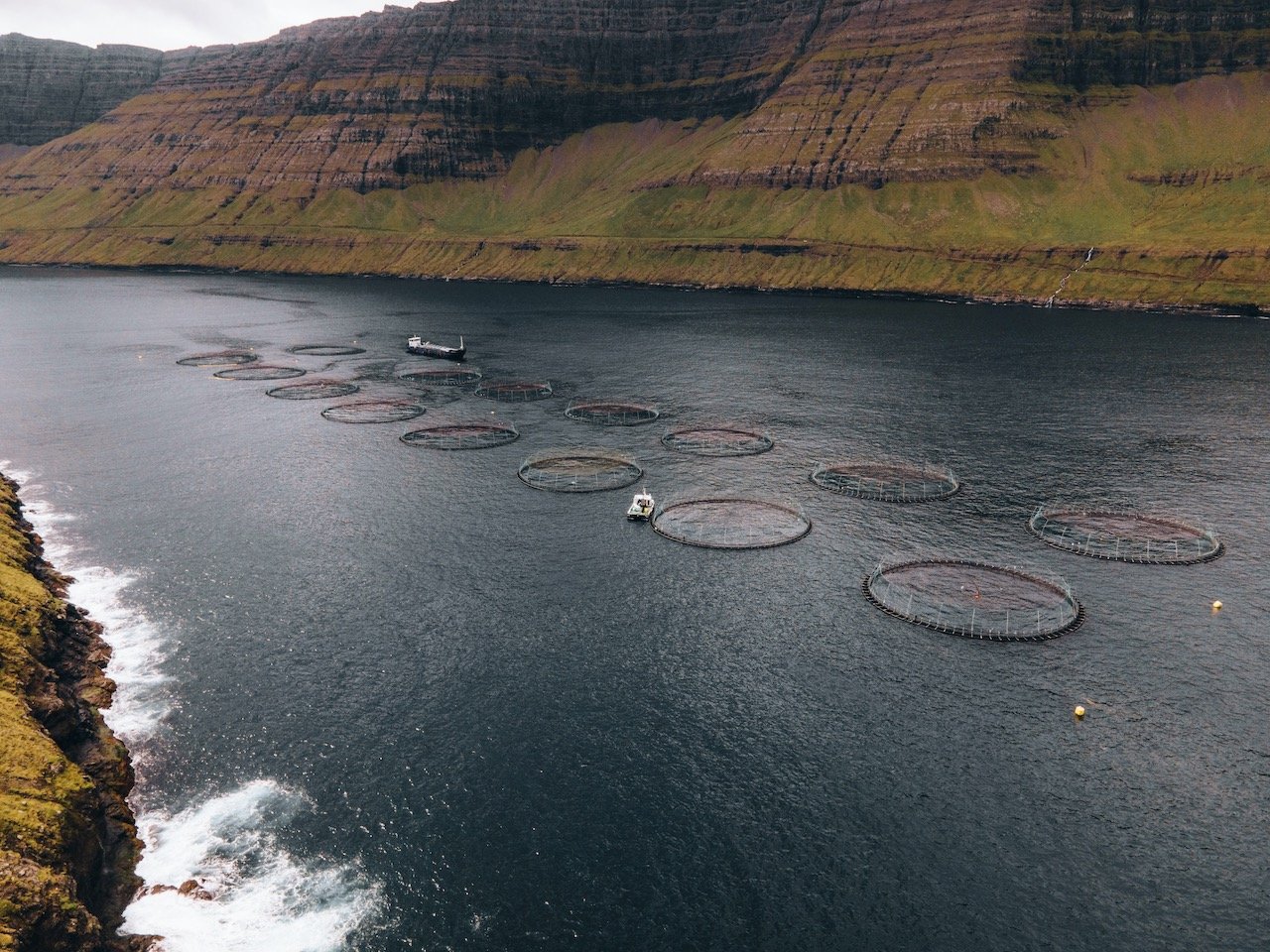
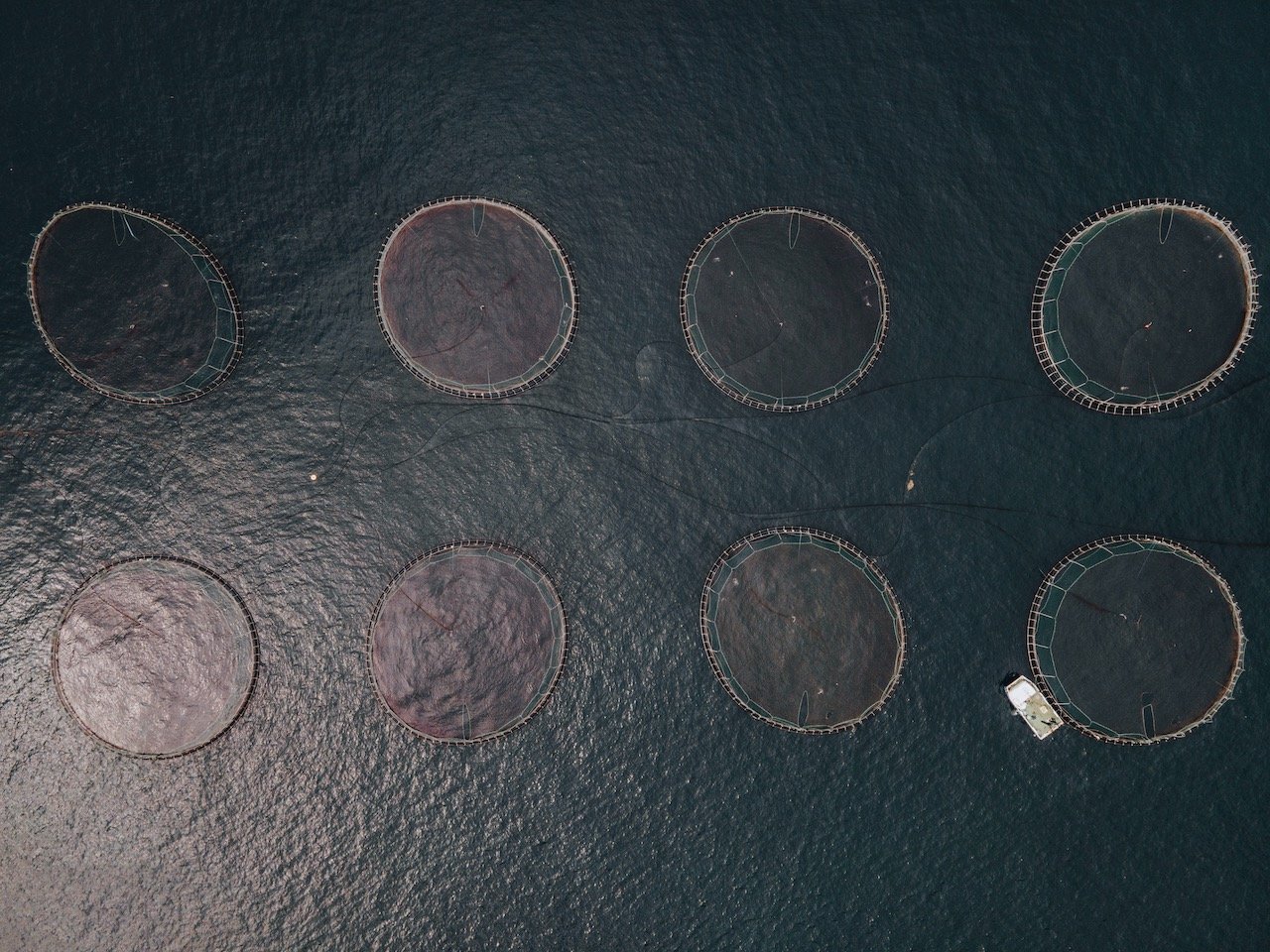
The village of Vidareidi is located on the north part of the island and in fact the northernmost settlement in the entire country. The village is bigger than Hvannasund and marks the end of the road between Vágar and Vidoy, spanning all of Faroe (at least by car).
